Essential Guide to Drain Field Cleaning and Maintenance Tips
When it comes to maintaining your septic system, ensuring your drain field is clean and functioning properly is critical. Neglecting this vital part of your system can lead to major issues and costly repairs. Here’s everything you need to know about drain field cleaning and maintenance.
Key Takeaway
- Drain field cleaning and maintenance are essential to the health of your septic system.
- Regular inspections and proper usage can prevent clogs and system failure.
- Avoid placing heavy objects and planting trees near the drain field to protect it.
- Professional services can help you maintain a healthy drain field and extend the lifespan of your septic system.
Understanding Your Drain Field Cleaning and Maintenance Needs
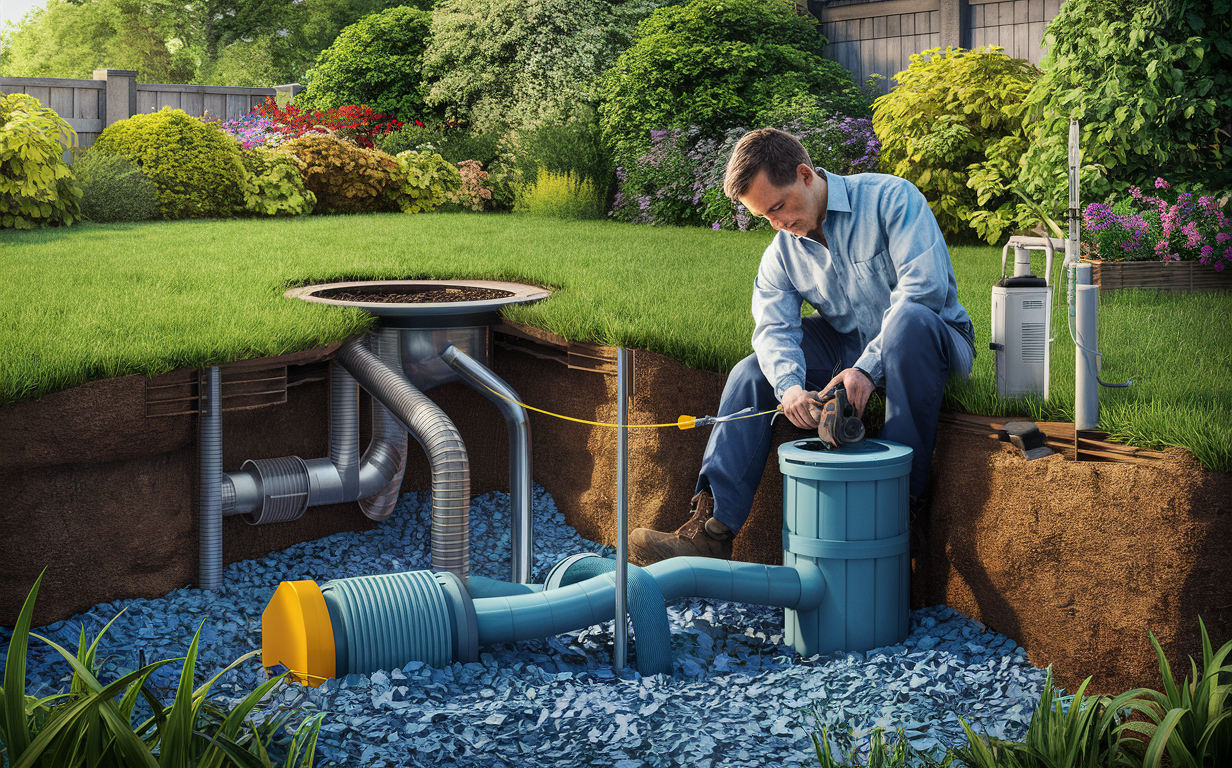
What is a Drain Field?
A drain field, also known as a leach field or absorption field, is a critical component of your septic system. It consists of a network of perforated pipes buried in trenches filled with gravel or pebbles. Wastewater from your septic tank is distributed through these pipes and filtered naturally by the soil.
How It Works
The drain field is responsible for the final treatment and disposal of wastewater. As the effluent percolates through the soil, harmful bacteria and nutrients are removed. This process returns clean water to the groundwater system.
Signs Your Drain Field Needs Cleaning
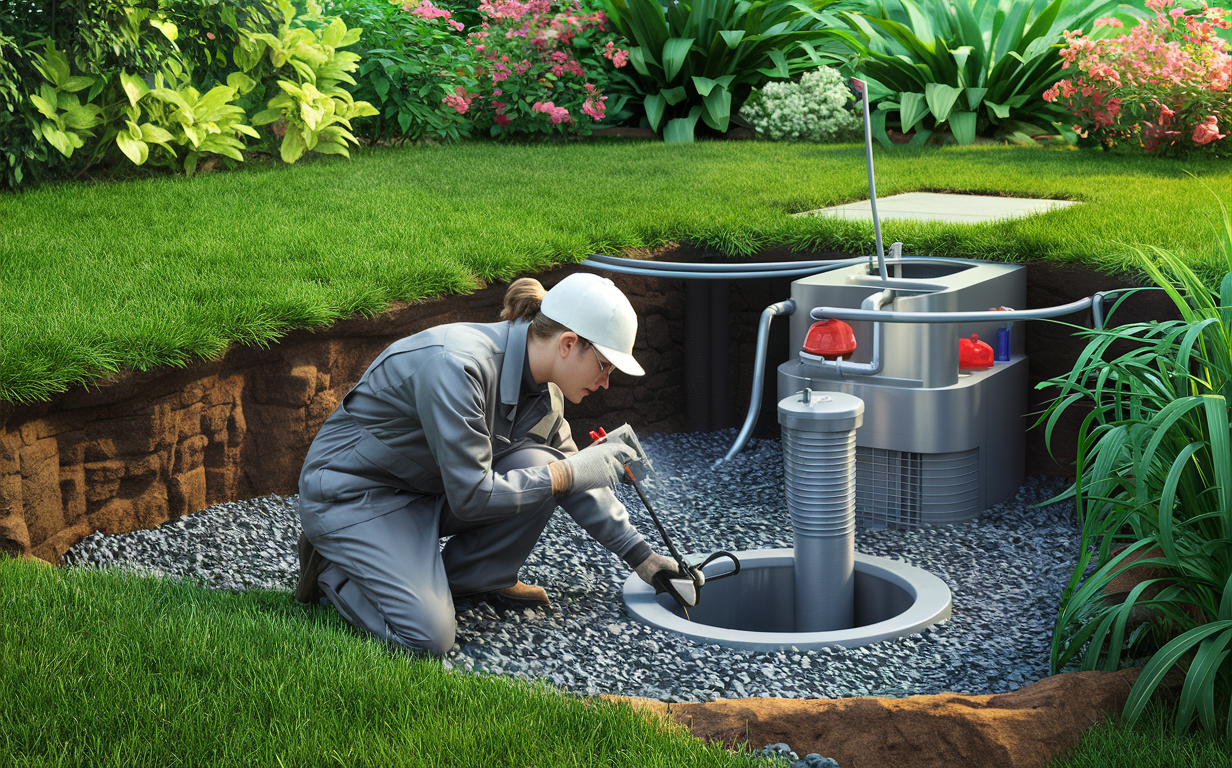
Slow Drains
One of the first signs of a clogged drain field is slow drains in your home. If you notice water taking longer to disappear in sinks, bathtubs, or toilets, it may indicate a problem.
Sewage Backups
Frequent sewage backups in your house can be a clear sign that your drain field is failing. When the field is clogged, wastewater has nowhere to go and can back up into your home.
Puddles in the Yard
Wet or soggy spots, especially around the drain field area, are warning signs. This can indicate that the field is saturated and unable to absorb more effluent.
Proactive Maintenance Tips
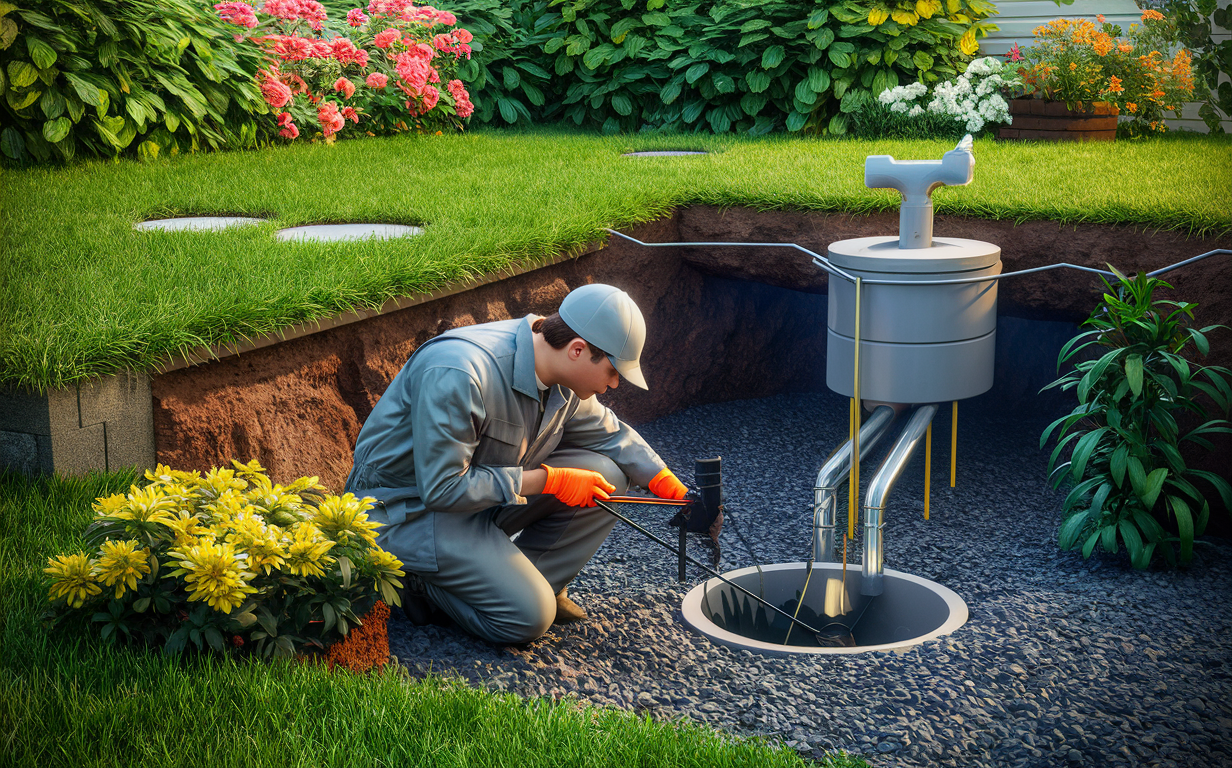
Regular Inspections
Schedule a professional inspection of your septic system every 1-3 years. This can help identify issues early and keep your drain field in good condition.
Pump Your Septic Tank
Regularly pumping your septic tank is crucial. As a general rule, have it pumped every 3-5 years based on the household size and usage.
Watch Water Usage
Conserving water reduces the load on your drain field. Fix any leaks promptly and consider installing water-efficient fixtures.
Common Drain Field Issues
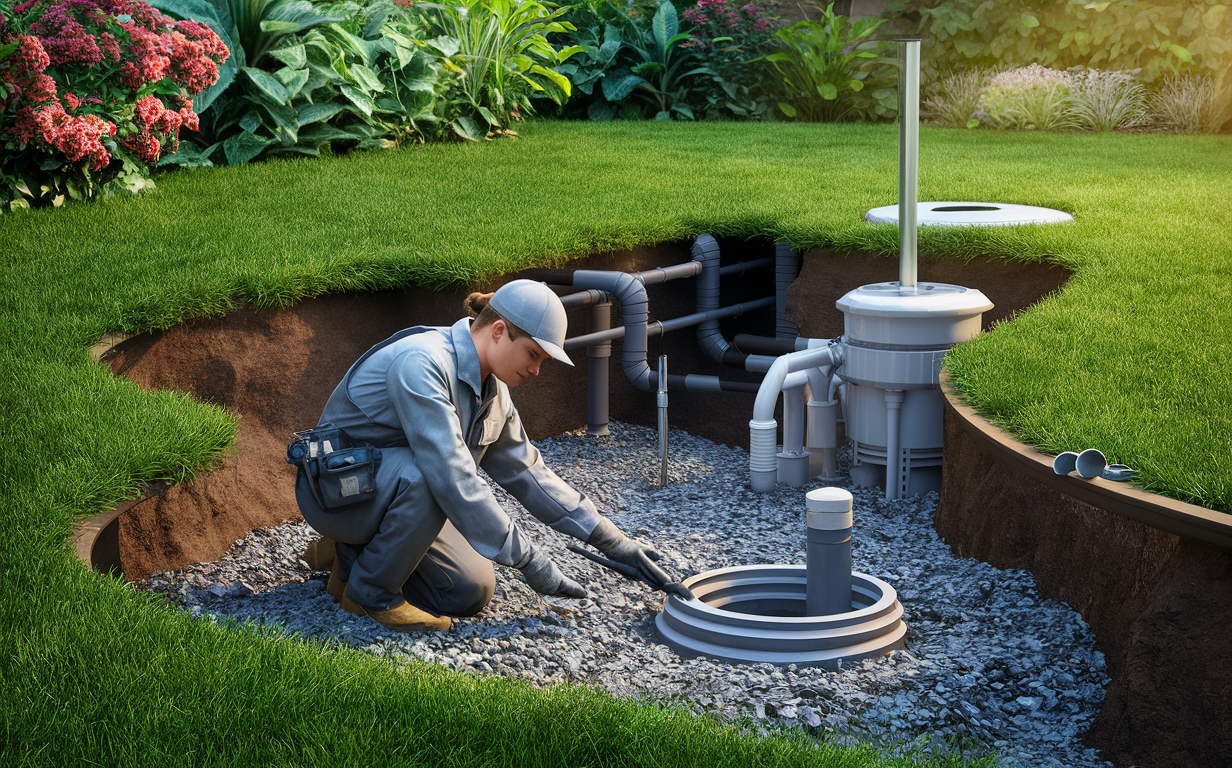
Clogging
Over time, grease, solids, and other materials can clog the pipes in the drain field. This can prevent wastewater from being absorbed properly.
Common Causes of Drain Field Clogging
| Cause | Description |
|---|---|
| Grease and Oils | These can solidify and clog the pipes. |
| Non-biodegradable Items | Items like diapers and wipes can cause blockages. |
| Excessive Water Usage | Overloading the system can prevent proper filtration. |
| Tree Roots | Roots can infiltrate and damage the pipes. |
Soil Compaction
Heavy machinery or vehicles driving over the drain field can compact the soil, reducing its ability to absorb water.
Biological Overload
Using too many household chemicals can kill the beneficial bacteria in your septic system, leading to a biological overload in the drain field.
DIY Maintenance Tips
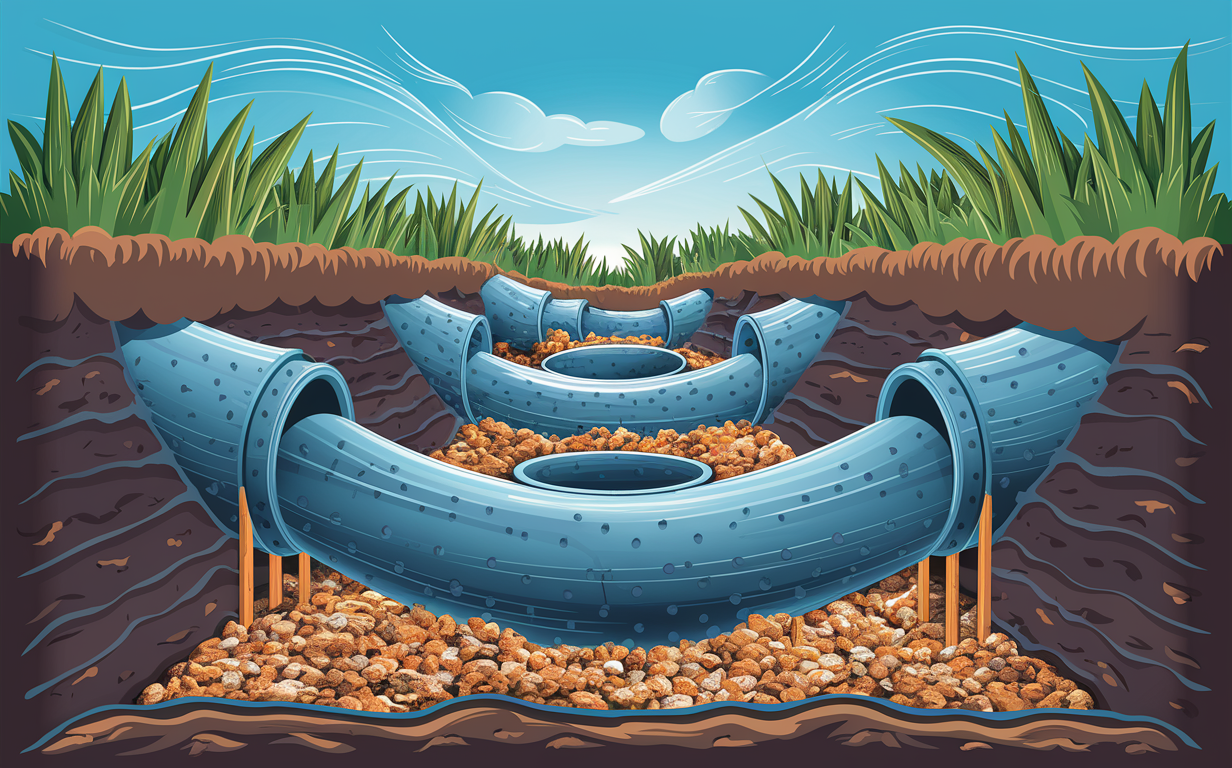
Limit Heavy Usage
Avoid using large amounts of water in short periods. Spread out laundry and dishwashing throughout the week to prevent overwhelming the drain field.
Avoid Harsh Chemicals
Use septic-safe cleaning products and avoid pouring chemicals down your drains. These can disrupt the natural bacterial balance in your system.
Septic-Safe Household Products
- Biodegradable detergents
- Septic-safe toilet paper
- Natural cleaners (e.g., vinegar, baking soda)
- Enzyme-based drain cleaners
Protect Your Drain Field
Do not park vehicles or place heavy objects over your drain field. Also, avoid planting trees or shrubs nearby, as their roots can damage the pipes.
Professional Maintenance Services
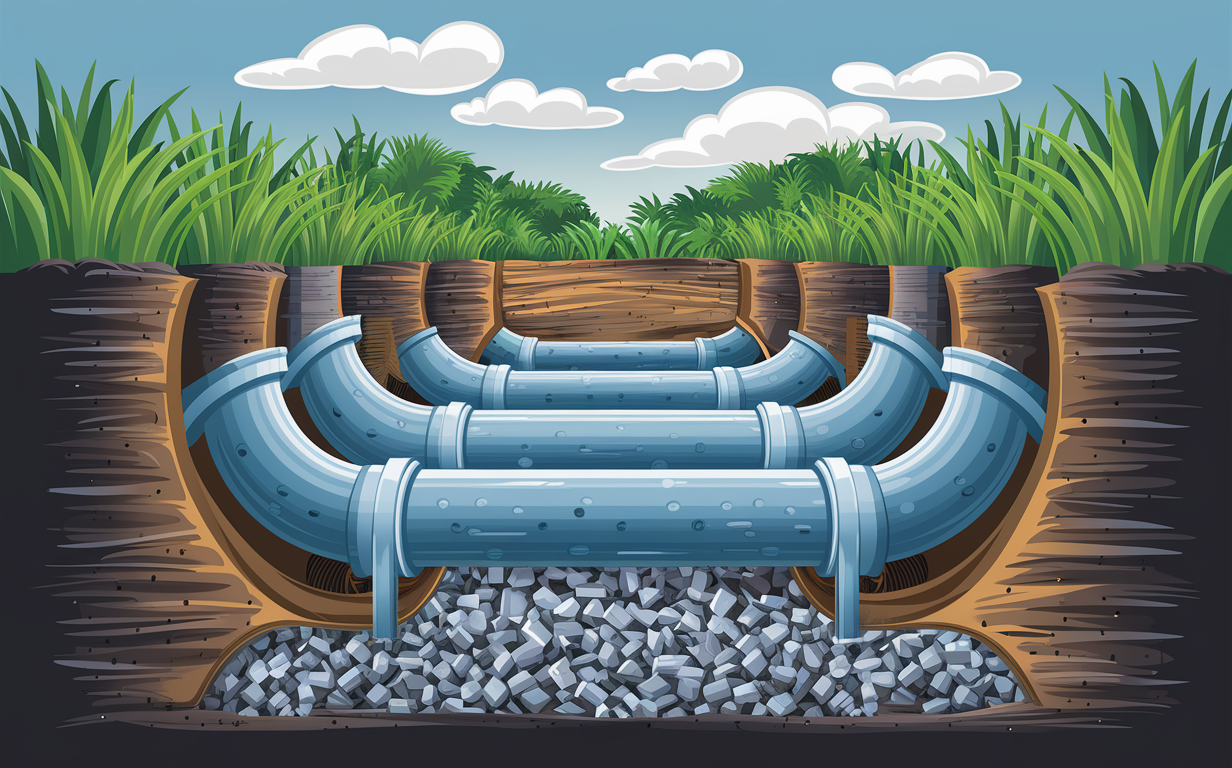
Pumping and Cleaning
Professional septic services can pump out your tank and clean the drain field. This helps remove sludge and other materials that may cause clogs.
Video Inspections
Advanced septic services use video cameras to inspect the pipes and identify any issues. This non-invasive method provides a clear view of the system’s condition.
Professional Services Overview
| Service | Description |
|---|---|
| Septic Tank Pumping | Removal of sludge and solid waste from the tank. |
| Drain Field Cleaning | Flushing and cleaning the perforated pipes and gravel trenches. |
| Video Inspections | Using a camera to inspect the pipes for blockages or damage. |
| Soil Testing | Assessing the soil’s ability to absorb wastewater and identify compaction. |
| Bacterial Additives | Adding beneficial bacteria to improve waste breakdown. |
System Repairs
If your drain field is damaged, professionals can repair or replace the affected pipes and trenches. This ensures your system operates efficiently.
Understanding the Costs
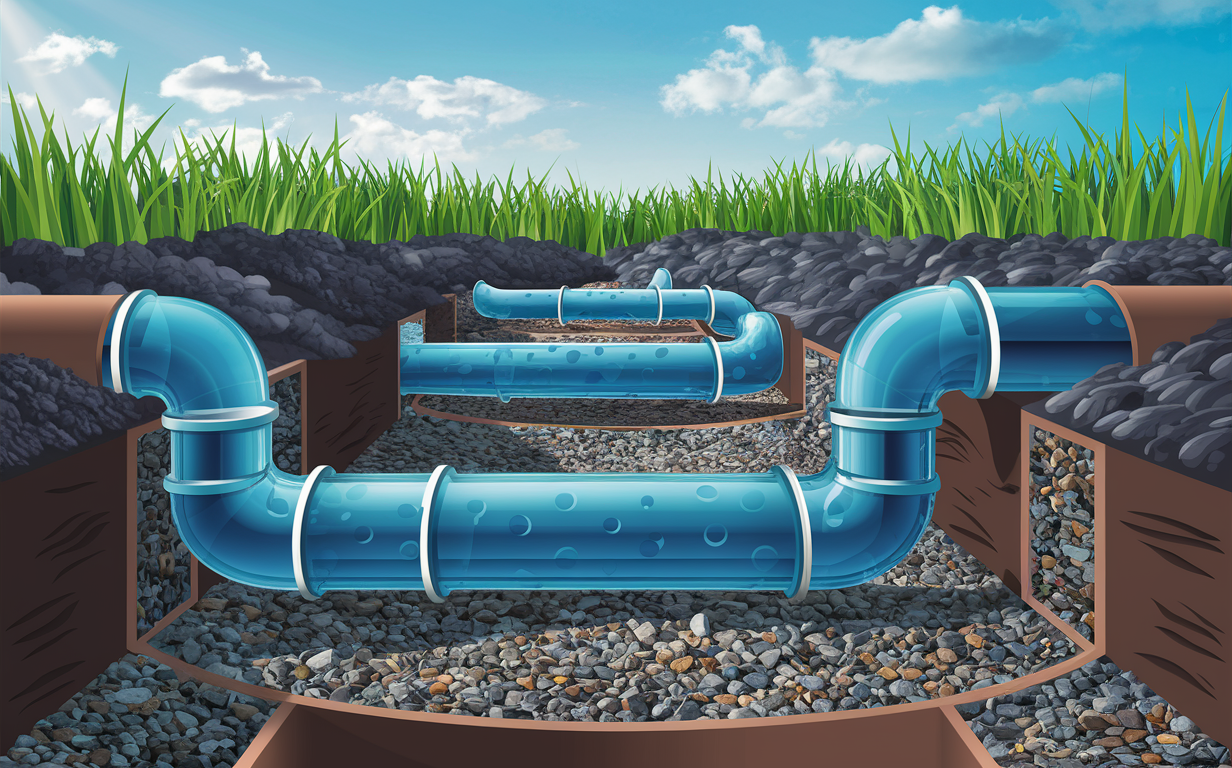
DIY Maintenance Costs
Basic maintenance tasks, such as conserving water and using septic-safe products, have minimal costs. However, buying bacterial additives or enzyme-based cleaners can add to your expenses.
Professional Service Costs
The cost of professional septic services can vary. Regular pumping typically costs between $200 and $500, while drain field cleaning and repairs can be more expensive, ranging from $1,000 to $5,000.
- According to the National Small Flower Growers Association, septic systems fail due to inadequate cleaning or maintenance in 30% of cases (Source).
- The Environmental Protection Agency recommends cleaning and inspecting drain fields every one to three years (Source).
- The average cost of drain field cleaning ranges from $300 to $1,500, according to HomeAdvisor (Source).
- Common signs of a failing drain field include slow draining sinks and toilets, sewage backups, and foul odors (Source).
- Professional cleaning involves using a high-pressure water jet to remove sludge and debris from the drain field (Source).
- Regular maintenance, such as pumping the septic tank every three to five years, can help extend the life of the drain field (Source).
Benefits of Regular Drain Field Maintenance
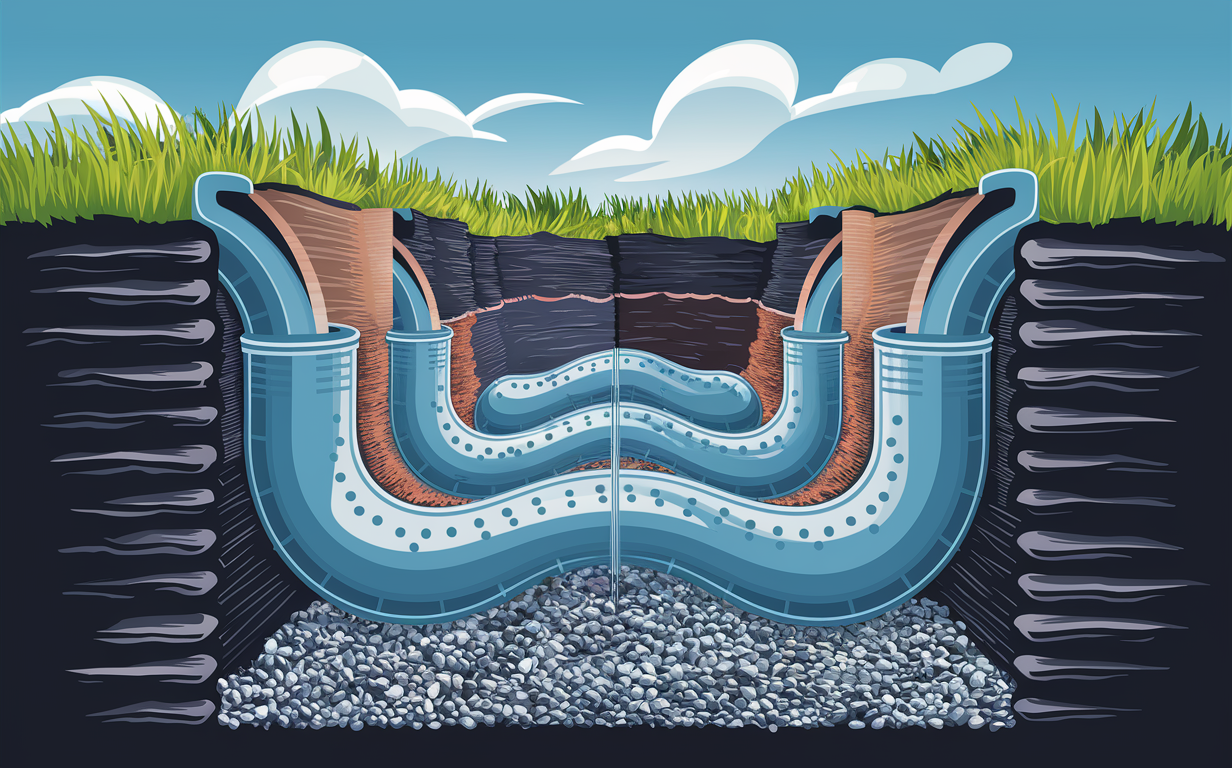
Prevents Costly Repairs
Regular maintenance can prevent major issues and costly repairs. It’s more cost-effective to maintain your system than to fix it after a failure.
Extends System Lifespan
Proper care and maintenance can extend the lifespan of your septic system. A well-maintained system can last 20-30 years or more.
Protects the Environment
A functioning drain field ensures that wastewater is properly treated before returning to the groundwater. This protects the environment and local water sources.
Key Takeaway
Maintaining your drain field is essential to the health and efficiency of your septic system. Regular inspections, proper usage, and professional services can help prevent major issues and extend the lifespan of your system. By taking these steps, you can ensure your septic system operates smoothly and avoid costly repairs.
Final Thoughts
Texway Wastewater Services is dedicated to providing top-notch septic and wastewater services in Burleson, Texas. Our experienced team can help you with all aspects of drain field maintenance and ensure your system continues to operate efficiently. Contact us today to schedule an inspection or learn more about our services.
Call us at (817) 889-4007 or visit our website to schedule your service.

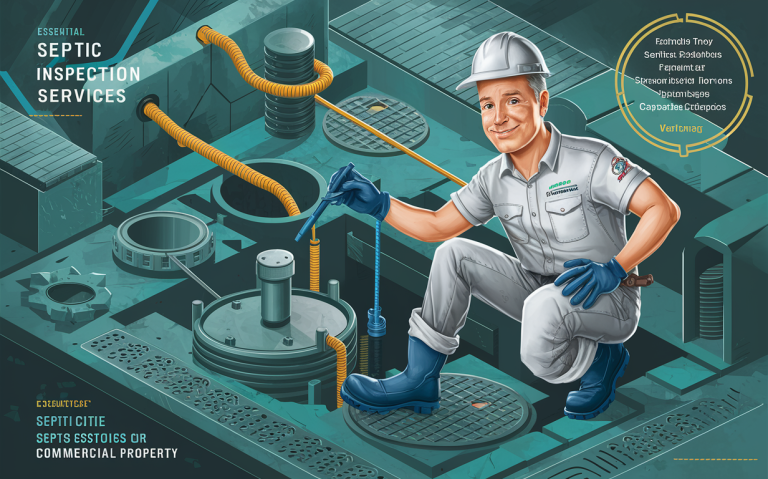
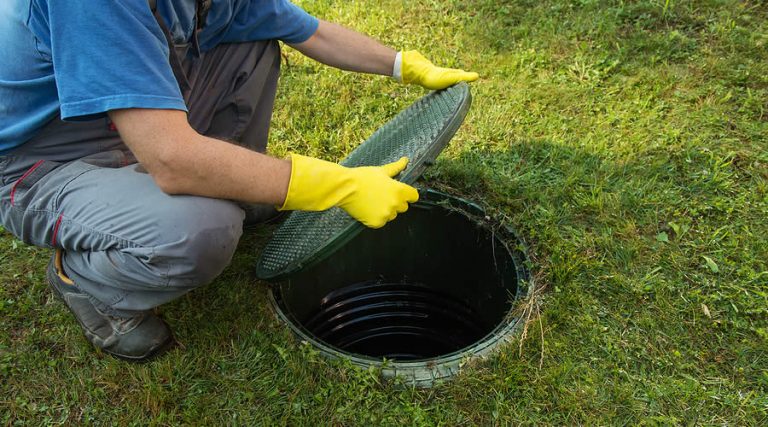
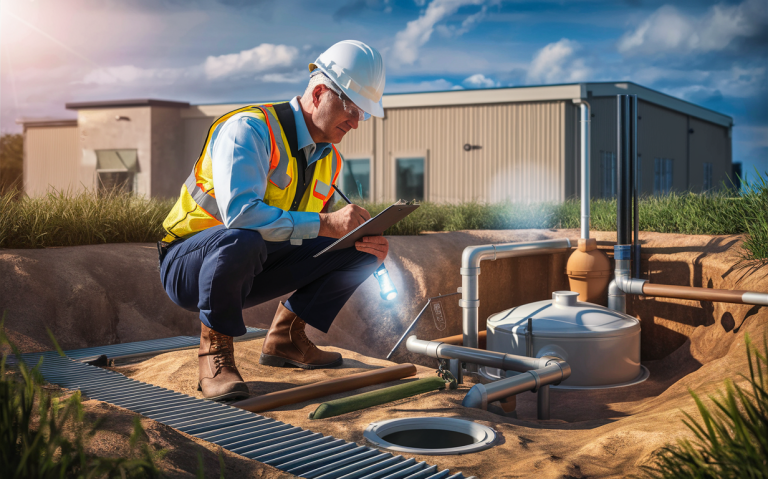
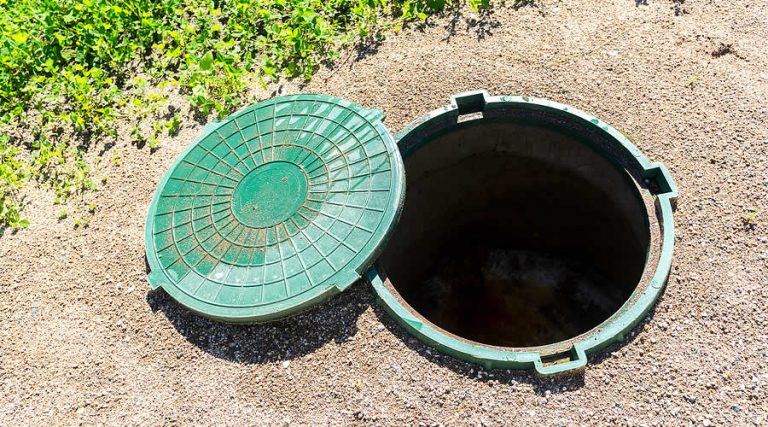
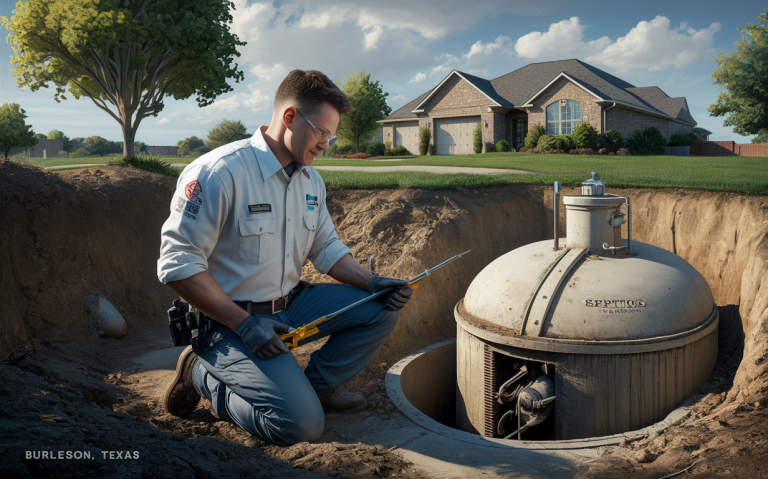
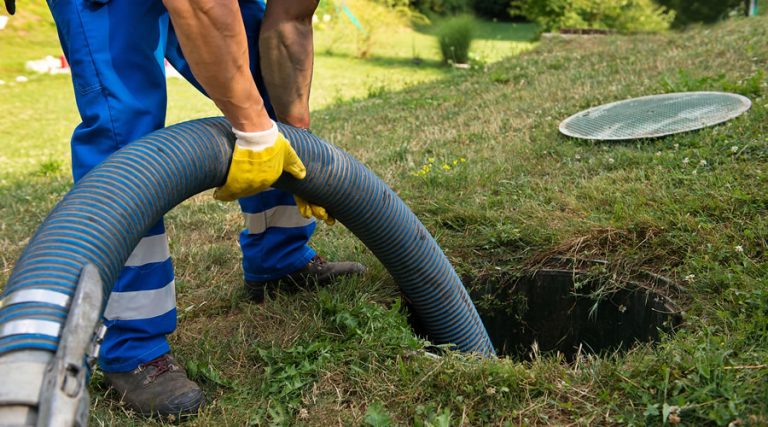
 Texway Wastewater Services is a septic, wastewater, and excavation company based out of Burleson, Texas and serving the surrounding areas. We specialize in
Texway Wastewater Services is a septic, wastewater, and excavation company based out of Burleson, Texas and serving the surrounding areas. We specialize in